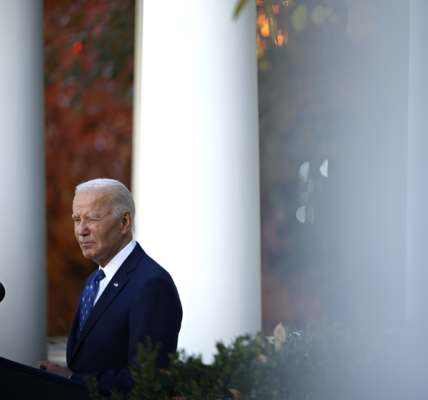
Donald Trump’s recent Cabinet choices have left many aghast, but history suggests the former president may be on solid political ground in nominating some of the most controversial and unqualified individuals ever proposed for high office. Understanding why requires revisiting key lessons from the past and examining the new Senate landscape that Trump has helped forge.
Presidents, especially newly elected ones, are typically granted significant latitude in assembling their teams. The last outright rejection of a Cabinet nominee occurred in 1989 when John Tower’s bid to become defense secretary failed. Tower faced allegations of alcoholism, sexual misconduct, and a divisive personality. Yet, Tower’s defeat was largely a matter of party dynamics. A Democratic-controlled Senate voted him down, with just one Republican senator, Nancy Kassebaum of Kansas, opposing him. Conversely, had Tower faced a Republican majority, his confirmation likely would have succeeded.
In Trump’s case, the 53-seat Republican majority means he can afford only three defections to secure confirmation for any nominee. This makes it possible for Trump to confirm even his most polarizing picks — so long as he keeps GOP senators in line.
Trump’s control over Republican lawmakers has grown stronger over time. Consider the case of Texas Attorney General Ken Paxton. In 2023, the Republican-controlled Texas House overwhelmingly voted to impeach Paxton over allegations of corruption and abuse of power. But after Trump publicly intervened, labeling the impeachment as “political persecution,” the Texas Senate swiftly acquitted Paxton, with only two Republican senators voting to convict. Trump wasted no time claiming credit, saying his intervention “saved Texas Attorney General Ken Paxton from going down at the hands of Democrats and some Republicans.” This incident illustrates how Trump’s influence can sway even skeptical Republicans to support his allies.
The Senate Trump faces today is markedly different from the one he encountered during his first term. In 2017, Trump’s party also held a narrow majority, but it included institutionalists like John McCain, Jeff Flake, Lamar Alexander, and Pat Toomey. These senators often acted as a brake on Trump’s more provocative impulses.
By contrast, today’s Senate GOP has been reshaped by Trump. Many of its members, including newcomers like Bernie Moreno of Ohio and Dave McCormick of Pennsylvania, owe their victories in part to Trump’s endorsement. Meanwhile, long-standing senators like Lindsey Graham have shifted from traditional conservatism to embrace Trump’s MAGA agenda.
This shift in Senate composition suggests that Trump’s bold strategy — daring senators to reject his nominees or face recess appointments — could work. While unforeseen scandals might force an individual nominee to withdraw, it is unlikely that Senate Republicans would reject multiple appointments, even those as contentious as Matt Gaetz for attorney general or Tulsi Gabbard for director of national intelligence.
Trump’s Cabinet choices embody his disdain for “expertise” and “qualifications.” This mirrors the broader worldview that powered his rise to political prominence: a rejection of institutional norms in favor of populist rhetoric and loyalty to his vision.
The historical precedent of Senate deference, coupled with Trump’s dominance over the Republican Party, suggests his nominees are likely to prevail. While some senators may voice concerns privately, few appear ready to publicly challenge Trump’s authority.
The result is a reshaped Senate willing to cede its constitutional powers, further consolidating Trump’s control over his party and, potentially, the federal government itself.
What unfolds in the coming months will reveal not only the limits of Trump’s influence but also the resilience of the Senate as a co-equal branch of government. But for now, it seems clear: Trump’s audacious challenge to tradition is more than a gambit — it’s a test of just how much power one man can wield in Washington.





